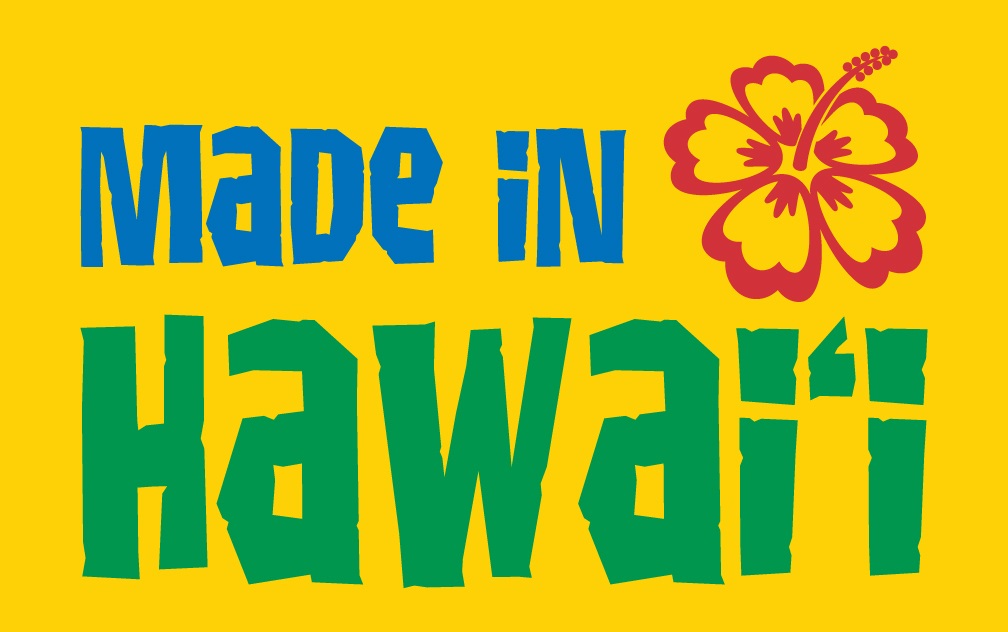
**IMPORTANT PARK NOTICES**
Monitor weather reports before your park visit.
•
[KAUA’I] - 1/6/26: Kalalau Trail, Nāpali Coast SWP remains CLOSED due to potential flood conditions.
•
[OʻAHU] 1/5/26 - Kaʻena Point Vehicle Access Permits available now: kaenasups.ehawaii.gov. All applicants must create a NEW account and apply as a new applicant.
•
[OʻAHU] UPDATE 12/15/25 — Ka‘ena Point State Park: Mokulē‘ia Section Vehicle Access Gate is temporarily CLOSED due to saturated road conditions.
•
[ALL ISLANDS] UPDATE – 12/12/25: Camping - Reservations for February 1, 2026 and beyond available at https://explore.ehawaii.gov, please create an account on Explore Outdoor Hawaiʻi to make a camping reservation.
Puʻu O Mahuka Heiau State Historic Site
| Hours | Daily 9:00am – 5:30pm |
| Entrance Fee | None |
| Park Brochure |
History
Puʻu o Mahuka Heiau is the largest heiau (religious site or temple) on Oʻahu, covering almost 2 acres. The name is translated as “hill of escape”. Undoubtedly, this heiau played an important role in the social, political, and religious system of Waimea Valley which was a major occupation center of Oʻahu in the pre-contact period.
Puʻu o Mahuka Heiau may have been constructed in the 1600s. Built as a series of 3 walled enclosures, the stacked rock walls ranged from 3 to 6 feet in height and the interior surface was paved with stone. Within the walls were wood and thatch structures. Such a large heiau would have been built by the makaʻainana (commoners) under the direction of a high ruling chief (ali’i nui) and his priests (kahuna).
It was not unusual for a heiau to be expanded and modified by a new ruling chief. It appears that the upper, eastern enclosure was constructed first and was the ceremonial focus of the heiau. The other 2 enclosures were added later, probably in the 1700s.
In the 1770s, high priest Ka’opulupulu under Oʻahu chief Kahahana, oversaw this heiau. This was a time of political upheaval and it is likely that the heiau was used as a heiau luakini (sacrificial temple), perhaps for success in war.
In 1795, when Kamehameha I conquered Oʻahu, his high priest Hewahewa conducted religious ceremonies at this heiau. Use of the site continued until 1819 when the traditional religion was abolished.
Situated on a ridge with a commanding view of Waimea Valley and the northern shoreline of Oʻahu, this heiau had ties with the heiau at Wailua on Kaua’i. It is reported that signal fires at these heiau provided a visual communication between the islands.
In 1792, Capt. George Vancouver anchored his ship Daedalus off Waimea and sent a party onshore to collect water. A skirmish ensued with the Hawaiians and 3 of Vancouver’s men were killed. Some have suggested that these men were taken to Puʻu o Mahuka Heiau for sacrifice.
After the heiau was abandoned, circa 1819, the site may have been used for other purposes. Some have suggested that the middle enclosure was used for agriculture and the stone mounds are clearing and/or planting areas. Pineapple was cultivated around the heiau until the 1960s.
Puʻu o Mahuka Heiau was declared a National Historic Landmark in 1962 in recognition of its importance to Hawaiian culture and history. Also in 1962, the 4-acre property encompassing the heiau was placed under the jurisdiction of State Parks to preserve this significant site for future generations.
In the 1960s, the path through the heiau was created. Today, we ask that you observe the site from outside the walls and do not enter the site to avoid further damaging the walls and paving.
Malama Hawaii-Culture from Hawaii DLNR on Vimeo.




